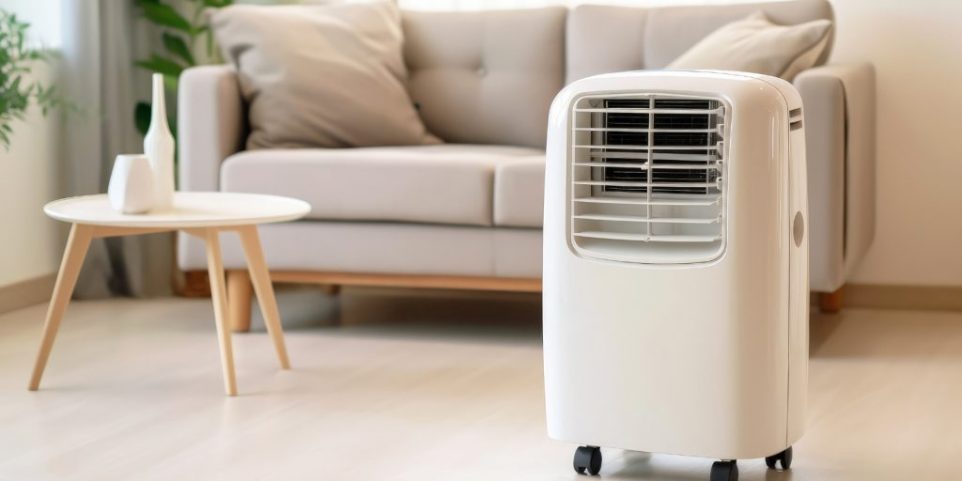How To Vent a Portable Air Conditioner Without a Window

Are you looking to cool down a room without access to a window? Whether you’re renting or living in a place without windows, finding relief from the summer heat can be a challenge. A portable air conditioner is a great solution, but many people worry about venting the exhaust. Fortunately, there are plenty of ways to vent a portable air conditioner without a window.
In this post, we’ll go over the different ways you can vent using a portable air conditioner, so you can keep your space cool and comfortable. We’ll also provide you with tips on how to choose the best portable air conditioner for your needs, plus step-by-step instructions on how to vent it safely and efficiently. Once you try it out, you’ll never want to go back to sweating through the summer again.
Preparations
Before you attempt to vent a portable air conditioner without a wall, it’s important to consider these factors:
Space: Measure the area where you plan to place the unit and ensure that it would fit comfortably without taking up too much of the room’s space.
Portability: Generally, these units are quite light and easy to move around. But, it may be necessary to secure the unit with straps or screws for added security if it’s going in an area where you could easily knock it over.
Materials: Most portable air conditioners require an exhaust tube and shade tent, and you’ll need to purchase both of them separately from the unit. The shade tent should come with all necessary installation materials, but some may require additional tools depending on the complexity of the installation.
Installing the Exhaust Tube
Once you have all of the necessary materials and sort out the space considerations, you can begin installing the exhaust tube. First, locate the exhaust port at the back of your portable AC unit — this is the port where you will connect the exhaust tube. If necessary, refer to your portable air conditioner’s user manual for instructions on how to properly attach and secure the tube. You will then need to route the tube through an appropriate area of your home, ideally one that offers minimal exposure to direct sunlight or moisture. When routing through multiple rooms, be sure to use sealants such as duct tape or plastic wrap at each doorway in order to prevent any leakage of cold air.
Installing the Shade Tent
After you successfully connect and route your exhaust tube, you’ll need to install your shade tent accordingly. Refer to your shade tent’s instructions for proper installation techniques. Generally, this consists of attaching clips or screws at predetermined locations and using tension straps or anchors for additional stability. It’s important to orient your shade tent properly so that no cold air leaks out and no direct sunlight enters. It’s a good idea to try to position it away from any windows or entrances that receive significant amounts of sunlight throughout the day as well as any areas where heavy winds are present (especially if you’re using an outdoor model).
Ensuring Proper Ventilation
You’ll also need to make sure that you take proper steps to ensure adequate ventilation for your portable air conditioner unit. There should be sufficient cross-ventilation between rooms by opening doors and/or windows nearest to both ends of the exhaust hose when operating your unit. This will help ensure efficient airflow and prevent any build-up of potentially hazardous fumes from accumulating inside your home. Don’t forget to check on the exhaust pipe regularly for any signs of blockage or leakage. If you discover any, contact a qualified technician for assistance immediately.
Conclusion
Venting a portable air conditioner without a window doesn’t have to be a difficult process. By taking the time to choose the right unit for your space, route the exhaust tube safely and properly, and install the shade tent according to the manufacturer’s instructions, you’ll be able to enjoy cool, comfortable air without the need for a window. And with proper maintenance and care, you can help your portable air conditioner perform efficiently and reliably for many summers to come.
Decades of Combined Expertise
Best Buy Guidebook is a culmination of online publishing lessons learned. From SEO to paid ads, our team has experienced the highest of highs and the lowest of lows. Our goal now is simple: Arm readers with the most information possible.
